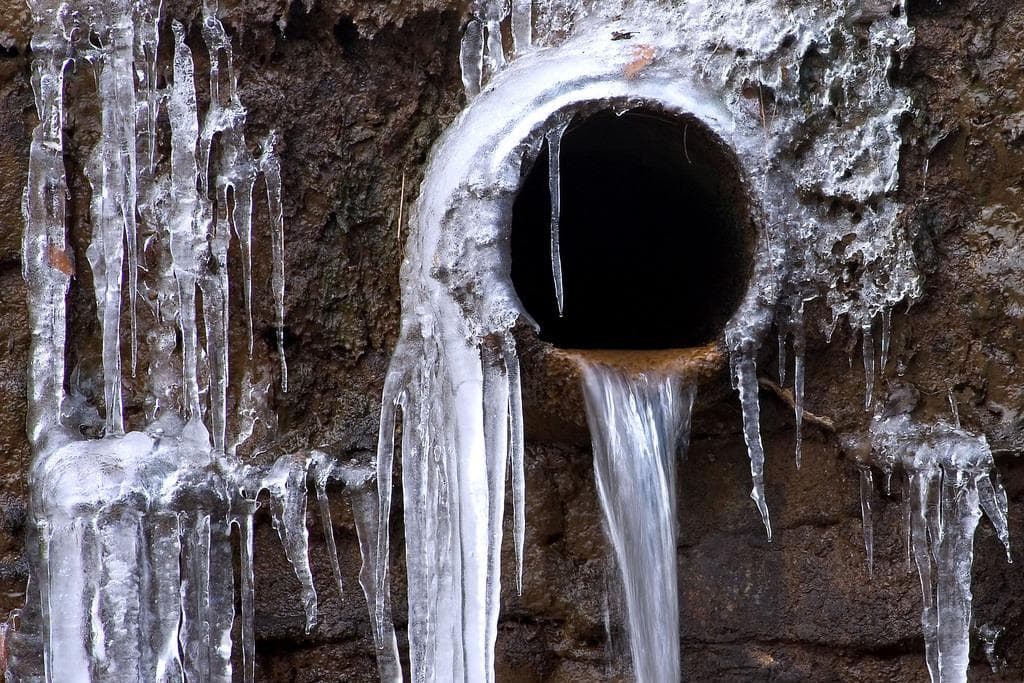Advice for Preventing Frozen Plumbing in Cold Weather: Expert Tips
Advice for Preventing Frozen Plumbing in Cold Weather: Expert Tips
Blog Article
What're your thoughts with regards to Winter Plumbing Precautions: Preventing Frozen Pipes?

Winter can damage your plumbing, specifically by freezing pipelines. Here's how to stop it from occurring and what to do if it does.
Introduction
As temperature levels drop, the threat of icy pipelines increases, possibly bring about pricey repair work and water damages. Comprehending just how to avoid frozen pipes is critical for property owners in cool climates.
Avoidance Tips
Insulating prone pipes
Wrap pipelines in insulation sleeves or use warm tape to shield them from freezing temperature levels. Focus on pipes in unheated or outside locations of the home.
Home heating techniques
Keep interior areas adequately heated up, particularly locations with pipes. Open up cupboard doors to enable cozy air to distribute around pipes under sinks.
Exactly how to determine frozen pipes
Look for lowered water circulation from faucets, uncommon smells or noises from pipes, and visible frost on revealed pipelines.
Long-Term Solutions
Architectural adjustments
Consider rerouting pipelines far from exterior walls or unheated locations. Include extra insulation to attic rooms, cellars, and crawl spaces.
Upgrading insulation
Buy top notch insulation for pipelines, attic rooms, and walls. Appropriate insulation helps keep consistent temperatures and lowers the risk of frozen pipes.
Safeguarding Outdoor Pipes
Garden hose pipes and outside taps
Disconnect and drain pipes yard hoses before winter months. Install frost-proof spigots or cover outdoor taps with insulated caps.
Comprehending Icy Pipelines
What creates pipes to ice up?
Pipelines ice up when subjected to temperatures below 32 ° F (0 ° C) for expanded durations. As water inside the pipes freezes, it broadens, taxing the pipe wall surfaces and possibly triggering them to burst.
Risks and problems
Icy pipelines can cause water supply disruptions, building damages, and costly fixings. Ruptured pipelines can flood homes and cause extensive structural damage.
Signs of Frozen Piping
Identifying frozen pipes early can stop them from rupturing.
What to Do If Your Pipes Freeze
Immediate activities to take
If you presume icy pipelines, maintain taps open to soothe stress as the ice melts. Utilize a hairdryer or towels soaked in hot water to thaw pipelines slowly.
Verdict
Protecting against frozen pipes calls for proactive procedures and fast actions. By recognizing the reasons, indications, and preventive measures, property owners can shield their plumbing throughout cold weather.
6 Proven Ways to Prevent Frozen Pipes and Protect Your Home
Disconnect and Drain Garden Hoses
Before winter arrives, start by disconnecting your garden hoses and draining any remaining water. Close the shut-off valves that supply outdoor hose bibs and leave the outdoor faucet open to allow any residual water to drain. For extra protection, consider using faucet covers throughout the colder months. It’s also important to drain water from any sprinkler supply lines following the manufacturer’s directions.
Insulate Exposed Pipes
Insulating your pipes is an effective way to prevent freezing. Pipe insulation is readily available at home improvement stores and is relatively inexpensive. Pay close attention to pipes in unheated areas such as the attic, basement, crawl spaces, or garage. Apply foam insulation generously to create a buffer against the cold. You can also wrap your pipes in heat tape or thermostat-controlled heat cables for added warmth.
Seal Air Leaks
Inspect your home for any cracks or openings that could let in cold air. Seal any holes around the piping in interior or exterior walls, as well as the sill plates where your home rests on its foundation. Additionally, make sure to keep your garage door closed unless you’re entering or exiting. Leaving it open creates a significant air leak that can lead to frozen pipes.
Allow Warm Air Circulation
During cold snaps, it’s essential to allow warm air to circulate evenly throughout your home. Leave interior doors ajar to promote better airflow. Open kitchen and bathroom cabinets to help distribute heat consistently around the rooms. If you have small children or pets, be sure to remove any household chemicals or potentially harmful cleaners from open cabinets for safety.
Let Faucets Drip
A small trickle of water can make a big difference in preventing ice formation inside your pipes. When temperatures drop significantly, start a drip of water from all faucets served by exposed pipes. This continuous flow helps prevent the water from freezing. Additionally, running a few faucets slightly can relieve pressure inside the pipes, reducing the chances of a rupture if the water inside does freeze.
https://choateshvac.com/6-proven-ways-to-prevent-frozen-pipes-and-protect-your-home/
:strip_icc()/snow-outdoor-faucet-pipes-4af65d1e5e904fb1aa7bf74071fe5d89.jpg)
Do you really like reading up on Winter Plumbing Precautions: Preventing Frozen Pipes? Post feedback down the page. We'd be pleased to find out your opinions about this post. We are looking forward to see you back again in the future. Appreciated our blog? Please quickly share it. Help others find it. Thank you for your time. Return soon.
View More Report this page